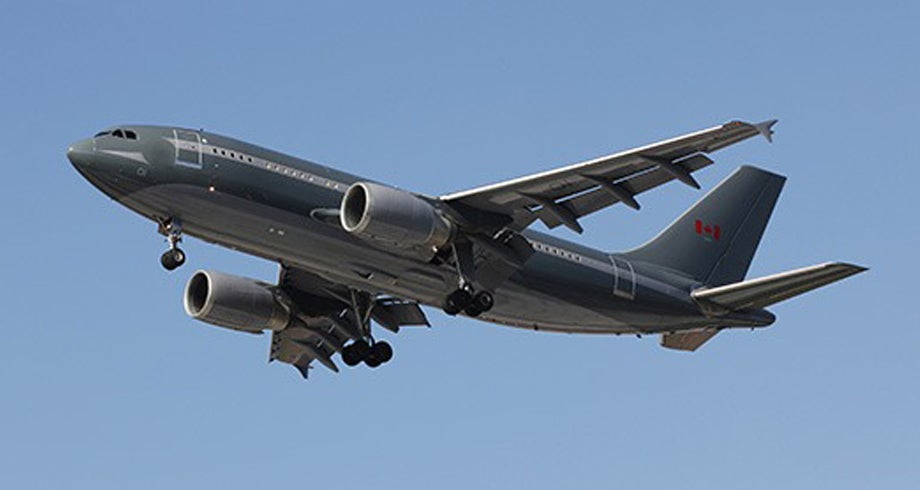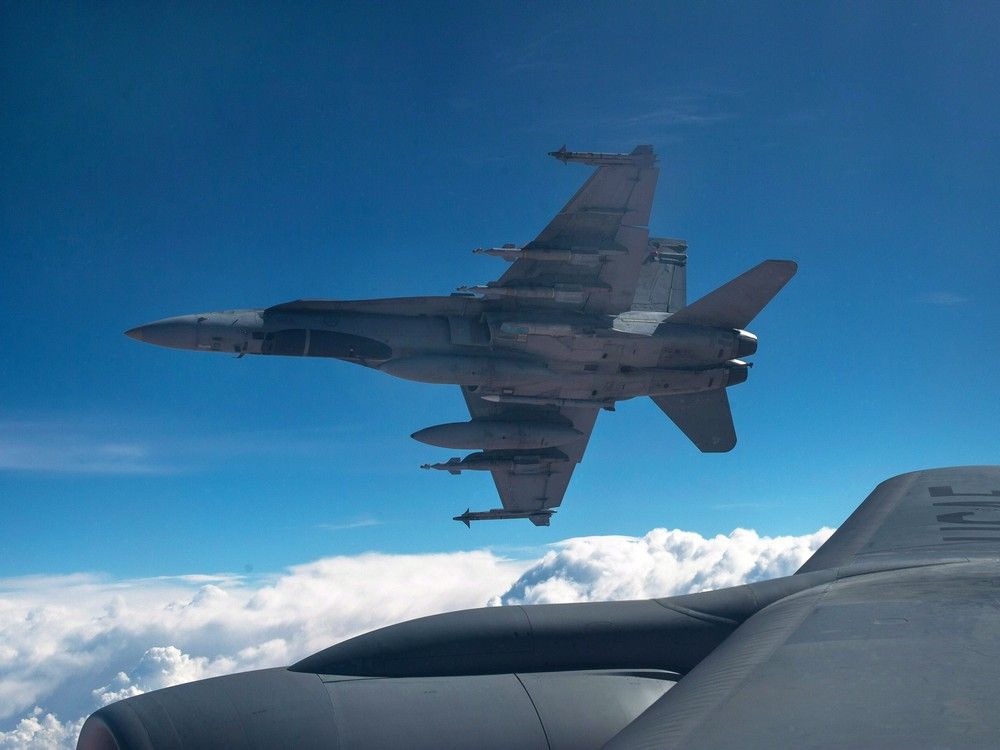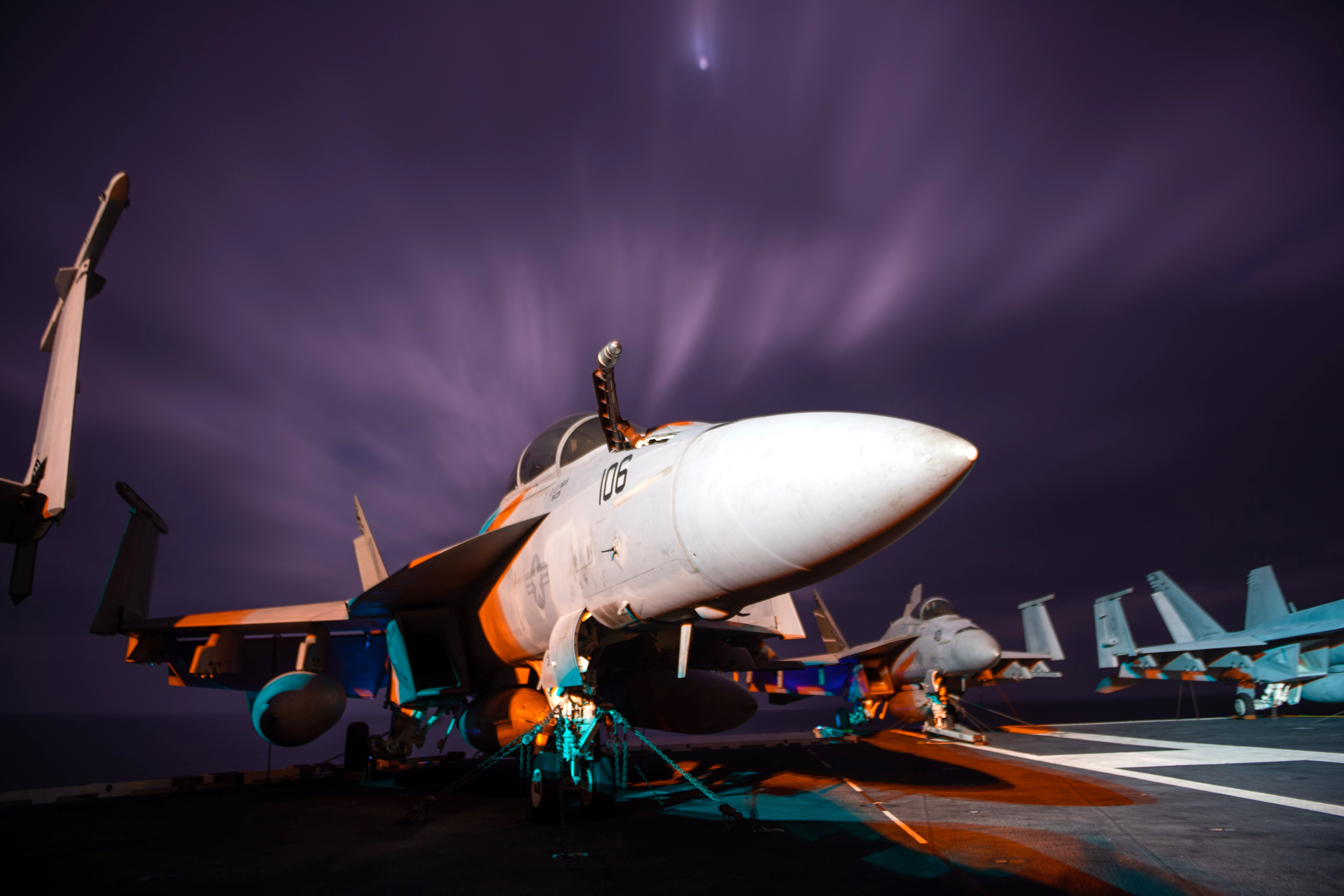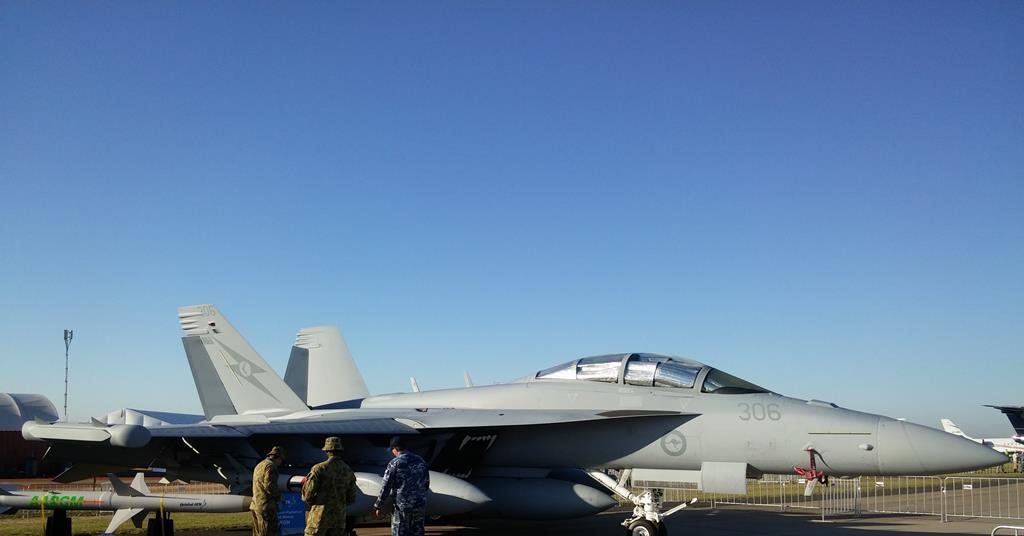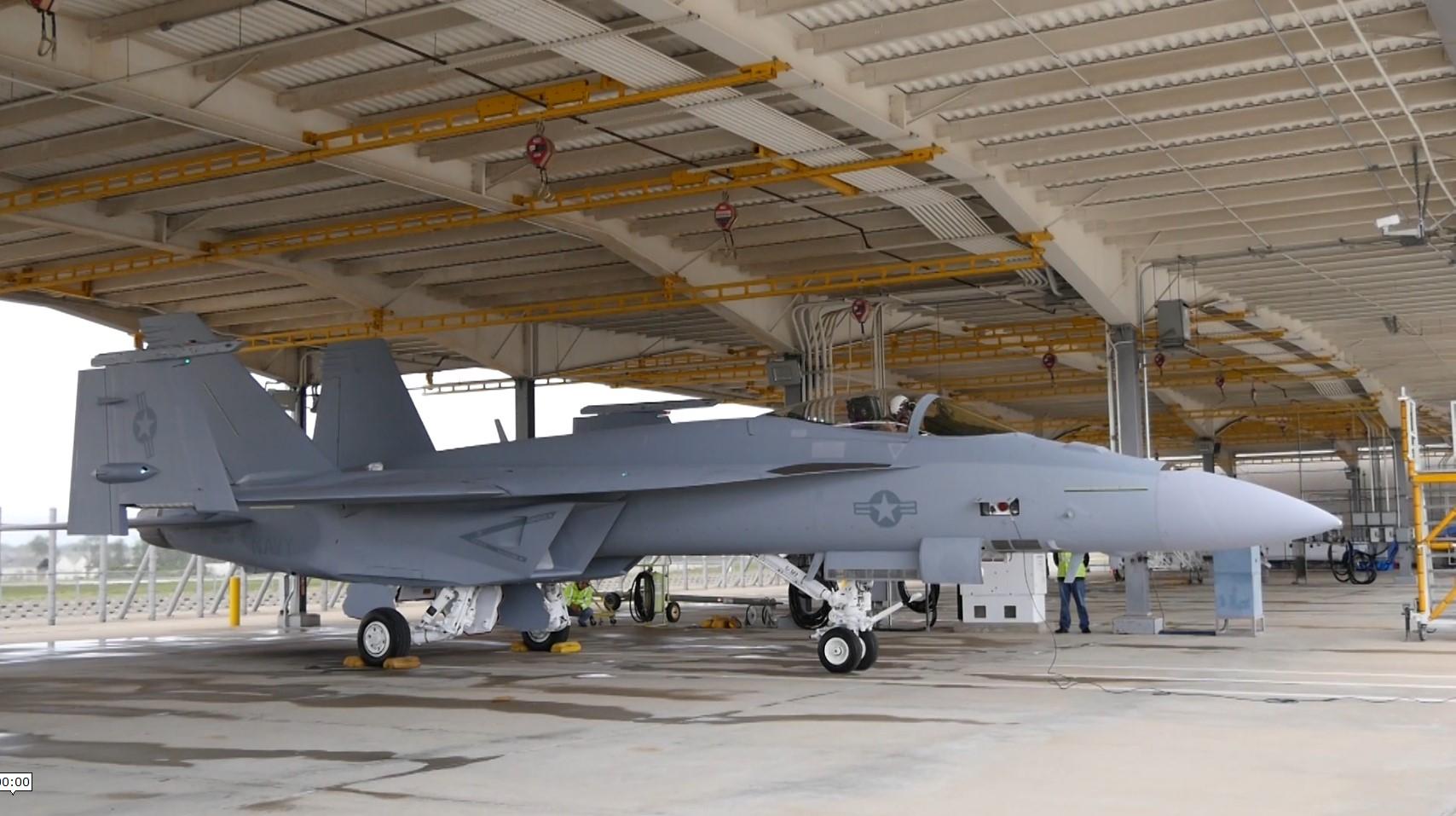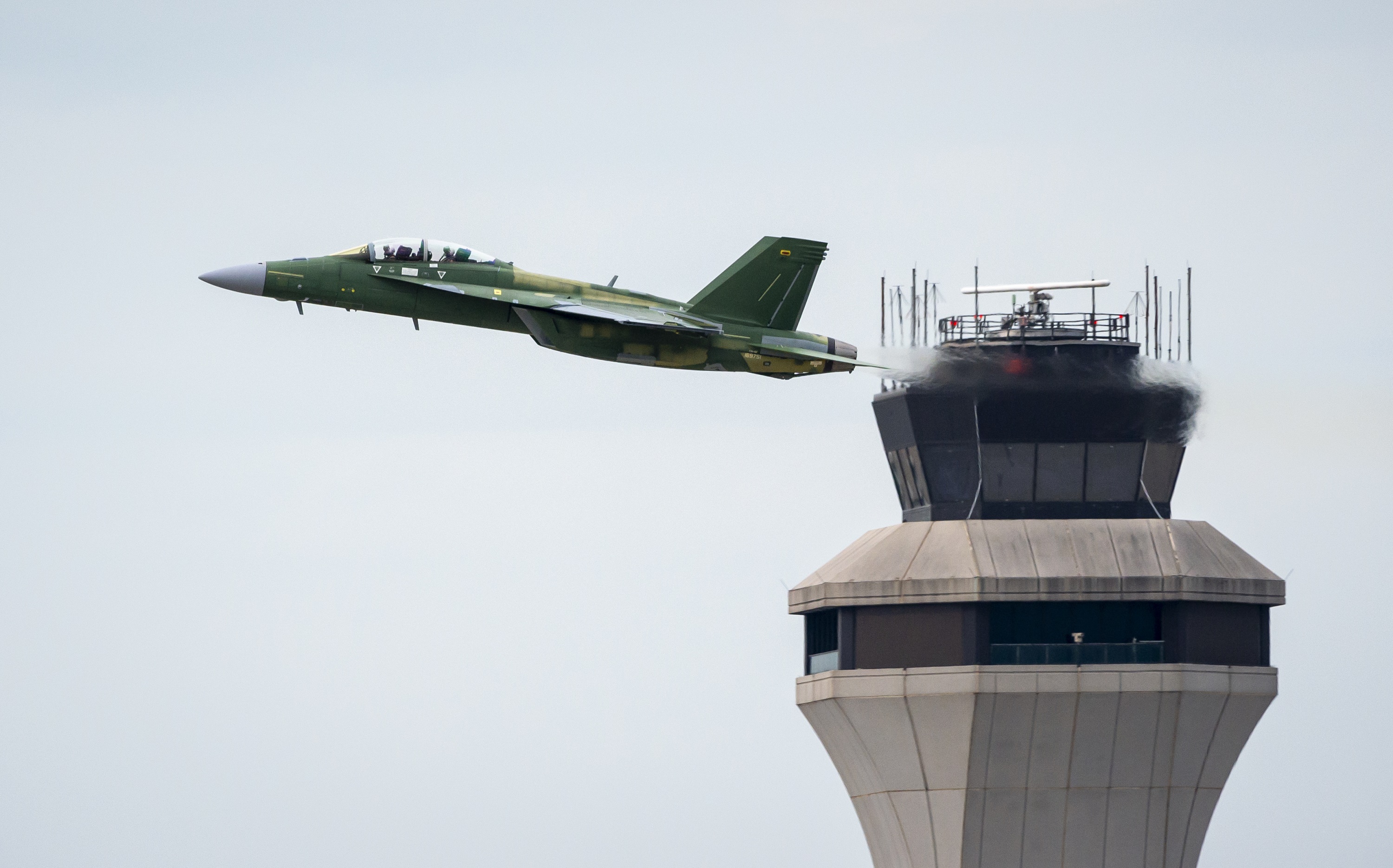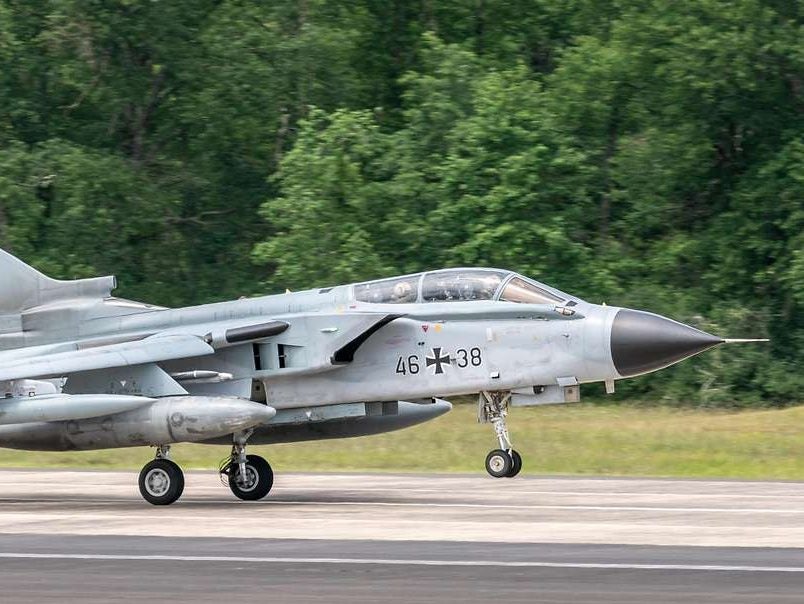Is the 2022 selection date and the 2025 delivery date for the CF-18 replacement still officially on and not officially deferred? Because if that is the case the above bleak scenario could eventuate. Are they going to perform a USMC C++ type remanufacture on the airframes to extend the lives of the 36 Phase 2 aircraft for couple of thousand hours?
The way I read that DSCA news release, I interpreted that to mean that the RCAF's Future Fighter Capability Program could start deliveries as soon as 2025, and would continue through until 2035 at which point all the legacy RCAF fighters would be retired.
That timeline is one I have multiple concerns about, as IMO it seems overly ambitious at least in terms of when new/replacement capabilities could start being delivered.
Info from the CANGov on the Future Fighter Capability Program can be found
here.
In a nutshell, the 'program' anticipates a contract award in 2022, with the first replacement aircraft being delivered in 2025. Going off the RAAF's purchase timeline of F/A-18F SHornets, the sequence of events was May 2007 contract signing, with the USN letting the RAAF order 'jump' the que, taking earlier production slots that had originally been for a USN order. This enabled the first Australian SHornets to be completed and achieve first flight in July 2009, followed by several months of training in the US by RAAF personnel prior to the first five RAAF SHornets arriving in Australia in March 2010. This was followed by the delivery of six SHornets in July and a further four in December 2010 with the first SHornet squadron being declared operational that month. Had the flight characteristics of the SHornets not been similar to the Classic Hornets which RAAF personnel were already familiar with then it is likely that the RAAF could not have been able to transition to the SHornet quite so quickly. As it was, FOC was not achieved until December 2012, or 5.5 years after contract signing, ~3 years after first delivery and ~2.5 years after first arrival in Australia.
In order for the RCAF to achieve a 2025 IOC for a contract signed in 2022, not only would there need to be production slots available for a Canadian order, but also RCAF personnel would need to be trained and transitioned to the new aircraft very rapidly. Given that a decision has yet to be made (or at least announced that it has been made) one does not know what the replacement will be, and therefore cannot make a judgement on how rapid such a transition could be.
As for the RCAF upgrading Classic Hornets... that DSCA news release mentioned that it had the required State Dept approval. Next on the list would be Congressional approval, as well as negotiations on the actual contract or contracts. including things like offsets. That to me suggests that it could still be a year or more before Canada actually places an order for the kit upgrades, which in turn would push back production of the kit as well as both when aircraft upgrades could start and then be completed.
I do not have solutions for the problems I see, as they seem to largely be the result of the defence purchasing processes in Canada, coupled with high level political interference with the process.

